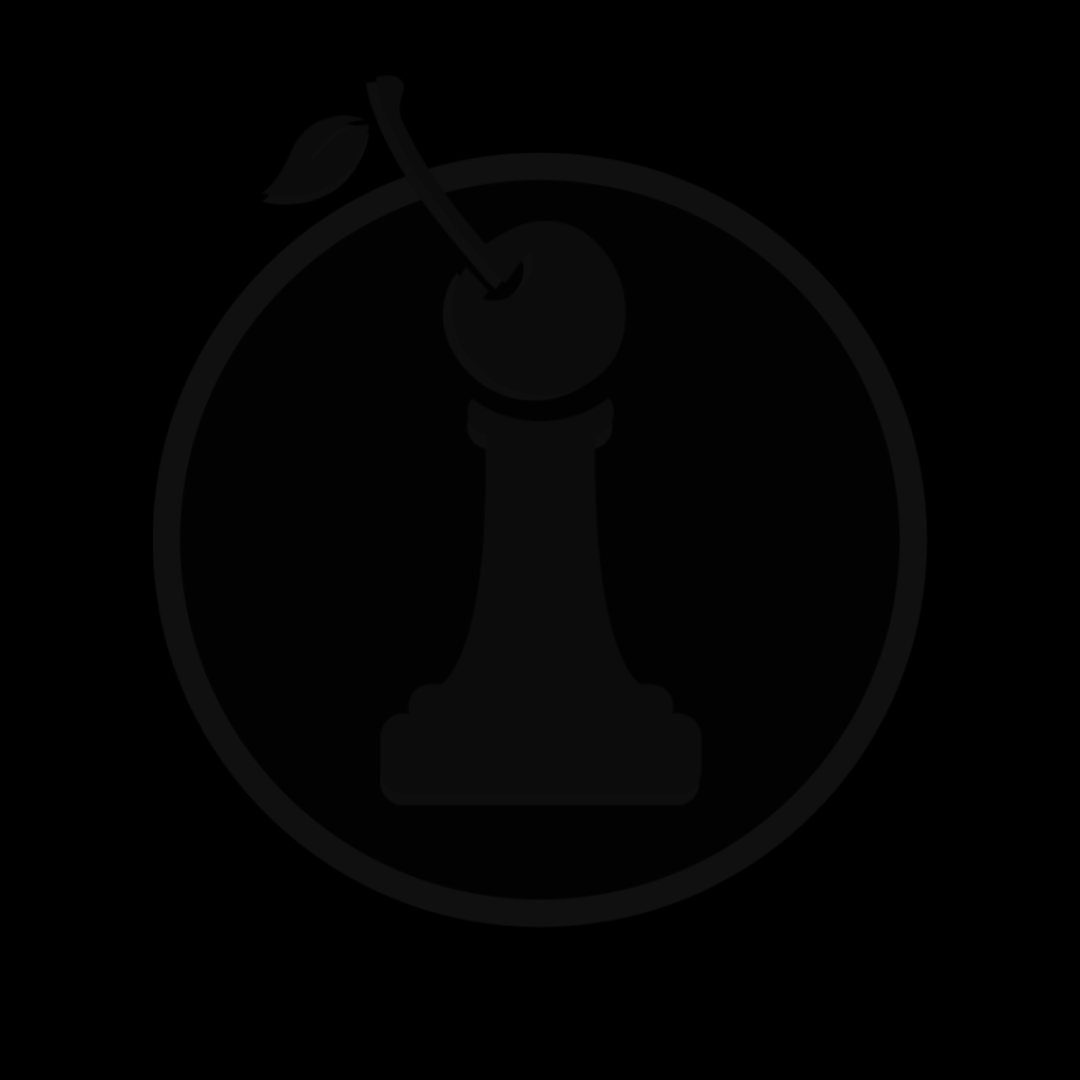
Epistemic Case Study: Siege of Palestinian Narrative
Share
Case Study: The Siege of the Palestinian Narrative
In the theater of epistemic warfare, truth is not defeated- it is reframed, buried, or recoded. The Palestinian story is not merely suppressed; it is systematically disassembled and rebuilt as its opposite.
I. Introduction: Competing Claims, Controlled Frames
Palestine is not just a territory- it is a battleground of memory, nationhood, and moral framing. Two competing political projects emerged in the 20th century that transformed it: Zionism and Palestinian nationalism. Zionism, forged in European modernity, framed itself as the return of an ancient people to their ancestral land. Palestinian nationalism arose in direct response- not to Jewish identity, but to colonial erasure and empty promises. One was armed with Western legitimacy and military might. The other was born under occupation and dehumanization.
From the Balfour Declaration to the Abraham Accords, every phase of this conflict has been narrated to favor one side's moral architecture while delegitimizing the other's existential claim. Palestine was not empty, nor were Palestinians passive. But to tell their story honestly would unravel the epistemic scaffolding of the current powers and shatter the hegemony of this world order.
This essay uses my framework to map how strategic delegitimization transformed Palestinian resistance into threat, identity into myth, and liberation into a liability. This is not a story about misunderstanding. It is a story about narrative design.
II. Indigenous Continuity: Dispossessed Natives, Not Foreign Intruders
The foundational lie of strategic delegitimization is that Palestinians are outsiders to the land they call home. Zionist historiography and state narratives portray them as 7th-century Arab migrants or imperial proxies, framing Jewish return as the re-entry of natives and Palestinian presence as a temporary occupation.
But history, genetics, and geography expose this inversion. The majority of Palestinians descend from Judeans, Samaritans, Aramaic-speaking Christians, and other Levantine peoples who remained rooted through empire, conversion, and displacement. Islam did not replace the population- it integrated it. The Arabic language spread through continuity, not rupture.
Genetic studies support this reality, as do farming records, family lineages, and cultural continuity. Palestinians and the Jewish Diaspora have the same ancestry- they are family. Just look at the Palestinians who sheltered Jewish refugees fleeing Nazi persecution. Their resistance to Zionist colonization during and following the close of WW2 was not rooted in antisemitism but in anti-colonial survival. They fought not an identity or a religion, but an imposition of power.
To deny this continuity is to erase a people twice: once from the land, and once from memory. It is to replace geography with mythology- claiming ancestry for one group while severing it from another. This is the substrate fracture upon which all other delegitimization is built.
III. Erased Origins: How History Becomes Weapon
Strategic delegitimization reframes colonization as creation and resistance as chaos. Key historical events are stripped of structural context and repackaged as proof of Palestinian aggression or irrelevance. Each moment that should affirm Palestinian legitimacy is instead inverted:
-
1917 (Balfour Declaration): A colonial imposition sold as a humanitarian act, ignoring the indigenous population entirely.
-
1936–39 (Arab Revolt): A broad anti-colonial uprising cast as lawless rebellion, disqualifying future resistance through retroactive criminalization.
-
1947 (UN Partition Plan): Promoted as compromise, though it institutionalized land theft and rendered Palestinian consent irrelevant.
-
1947–48 (Civil War in Mandatory Palestine): Marketed as sectarian conflict, masking a campaign of expulsion and paramilitary conquest.
-
1948 (Nakba): Celebrated globally as Israeli independence while hiding the destruction of over 400 villages and the exile of 700,000 people.
-
1948–49 (Arab-Israeli War): Framed as pan-Arab aggression, obscuring that it was a belated and fractured response to a settler-colonial project already in motion.
-
1967 (Six-Day War): Framed as defensive brilliance, legitimizing open-ended occupation and strategic annexation.
-
1987 & 2000 (Intifadas): Dismissed as violent outbursts instead of popular uprisings against systemic control and daily degradation.
-
2005–Present (Gaza Blockade and Assault Cycles): Portrayed as containment of terror while functionally constituting siege warfare on a civilian population.
These are not misunderstandings. They are narrative refactoring- built to recode victimhood as threat, and settler triumph as destiny.
IV. The Narrative Apparatus: Institutional Filters and Legibility Machines
The apparatus is not made of ideas. It is made of filters: algorithms, press guidelines, syllabi, moderation dashboards, foreign policy briefs. These tools don’t just report reality; they build its boundaries.
Mainstream media reframes raids as "clashes," settler colonies as "neighborhoods," and structural apartheid as "security concerns." Words are not just softened- they are weaponized. This is not accident. This is apparatus function.
Academia elevates debate frameworks that pit colonizer and colonized as equal claimants to trauma. The goal is not to resolve history, but to neutralize its moral direction. When Palestinian critique invokes structure, it is labeled bias. When Zionist rhetoric invokes safety, it is treated as truth.
Social media platforms use automated flagging and biased moderation systems to erase Palestinian speech at the moment of its highest resonance. Testimony is removed for "graphic violence." Resistance art is filtered as "hate speech." Meanwhile, state-linked disinformation spreads without friction.
NGOs and liberal institutions translate mass displacement into policy white papers, converting occupation into “governance challenges.” They affirm suffering while stripping it of political authorship. Palestine becomes a humanitarian issue, not a colonial one.
The function of the apparatus is not to lie. It is to manage what truths are allowed to live and in what form they will appear before the audience- you.
V. Emotional Terrain and the Logic of Fracture
Palestinian suffering has become globally legible- but selectively so. Images of funerals, destroyed homes, and grieving mothers are allowed to circulate only when stripped of context. The algorithm will show a child’s body, but not the structural conditions that produced it. Grief is aestheticized. Resistance is silenced.
This saturation of emotional imagery induces two effects: compassion fatigue among external audiences, and distorted internal associations among the oppressed. When the source of destruction is repeatedly branded the "Jewish state," and when bombs fall with global Jewish identity as their rhetorical shield, it is not surprising that some Palestinians conflate Judaism with the violence enacted upon them. This misrecognition is not born of ideology; it is a byproduct of trauma, branding, and narrative enclosure.
A generation raised under blockade, with no access to international frameworks or uncensored historical analysis, may not articulate the difference between a settler project and a global religion. This is not a moral failure- it is an engineered epistemic trap. Ethnicizing state power creates backlash that is also ethnicized.
This reality does not excuse antisemitism, it demands its dismantling at the root: the structure that racializes state violence while forbidding critique of its ethnic frame. The solution is not moral shaming or erasure. The solution is clarity.
VI. Signal Collapse and Co-opted Resistance
Narrative warfare thrives on distortion, and Palestine is no exception. In recent years, white supremacists and reactionary ideologues have adopted Palestinian slogans; not to support the oppressed, but to launder their own grievances. They invoke “Free Palestine” while simultaneously pushing fascist, antisemitic, or authoritarian agendas. The goal is not justice- it’s destabilization.
This infiltration is not accidental. It is tactical misalignment: the use of legitimate symbols to attach illegitimate meaning. When these bad-faith actors enter the discourse, pro-Israel institutions seize the opportunity to conflate Palestinian solidarity with antisemitism. The result is epistemic contamination; a battlefield where legitimate resistance is indistinguishable from opportunistic extremism.
At the same time, well-meaning liberal allies often flatten the Palestinian cause into an abstract human rights struggle, devoid of its anti-colonial foundation. Resistance becomes a branding exercise- safe for NGOs, fundraisers, and panel discussions, but stripped of its political sharpness. This is a different kind of hijack: one that repackages struggle into performance.
Both forms- fascist co-option and liberal dilution- serve the same function: they fracture signal integrity. Palestine becomes a symbol without structure, a meme without movement. Reclaiming the narrative means isolating these contaminants and rebuilding coherence from within.
VII. Market of Belief: Curated Victims and Protected Frames
Legitimacy is not distributed, it is curated. In the Western discourse market, only certain Palestinians are allowed to speak, and only in certain ways. The “good Palestinian” is soft-spoken, secular, NGO-vetted, and strategically apolitical. They condemn violence, apologize for resistance, and appear reasonable to foreign gatekeepers. Their function is representational containment.
The “bad Palestinian,” by contrast, is too angry, too religious, too unapologetic. They name colonialism, resist normalization, and call occupation what it is. Their punishment is invisibility.
At the same time, Zionism is granted a dual identity: it is both a political ideology and a sacred ethnic claim. Critique the former, and you’re accused of attacking the latter. This sleight of hand immunizes the Israeli state from accountability, while exposing Palestinians to infinite moral scrutiny.
The market doesn’t just regulate who speaks; it dictates what can be said, and how grief must be packaged to be believed.
VIII. Relegitimization: Rebuilding Narrative Sovereignty
Reclaiming the Palestinian narrative cannot rely on moral suasion or liberal sympathy. It must be grounded in structural repositioning- anchoring Palestinian legitimacy in history, law, and anti-colonial clarity.
Relegitimization requires more than representation. It requires rupture with containment logics. The movement must:
-
Define Zionism not as identity, but as an active settler-colonial project with structural consequences.
-
Center Palestinian indigeneity as fact- not mythology, not heritage branding, but historical continuity under siege.
-
Replace humanitarian framing with legal framing: occupation is not a tragedy, it is a crime.
-
Build international alliances that are rooted in material solidarity, not symbolic affirmation.
Palestinians do not need to be re-humanized. They need to be re-legitimized, on their own terms, in their own voice, with the structural vocabulary of resistance, not the aesthetic vocabulary of victimhood.
IX. Conclusion: Narrative Occupation and the Fight for Coherence
To speak honestly about Palestine is to rupture the official grammar of the postwar world. It is to challenge the framing of settler colonialism as self-defense, of anti-colonial resistance as extremism, and of an indigenous people as foreign disruptors.
Palestinians are not seeking perfection- they are seeking recognition on structural terms. They do not ask for rebranding. They ask for reality to be named, and for the discursive machinery that silences them to be disarmed.
Strategic delegitimization will not be undone through sympathy or sanitized storytelling. It must be countered through structure: historical continuity, legal precision, and narrative discipline. The fight is not over truth; it is over framing, over access, over epistemic sovereignty.
Palestine is not just a place. It is a memory that refuses erasure, a people who refuse aesthetic containment, and a signal that continues to breach the walls of suppression.
To take up that signal is not to amplify pain- it is to amplify clarity. And clarity, in this context, is resistance.

